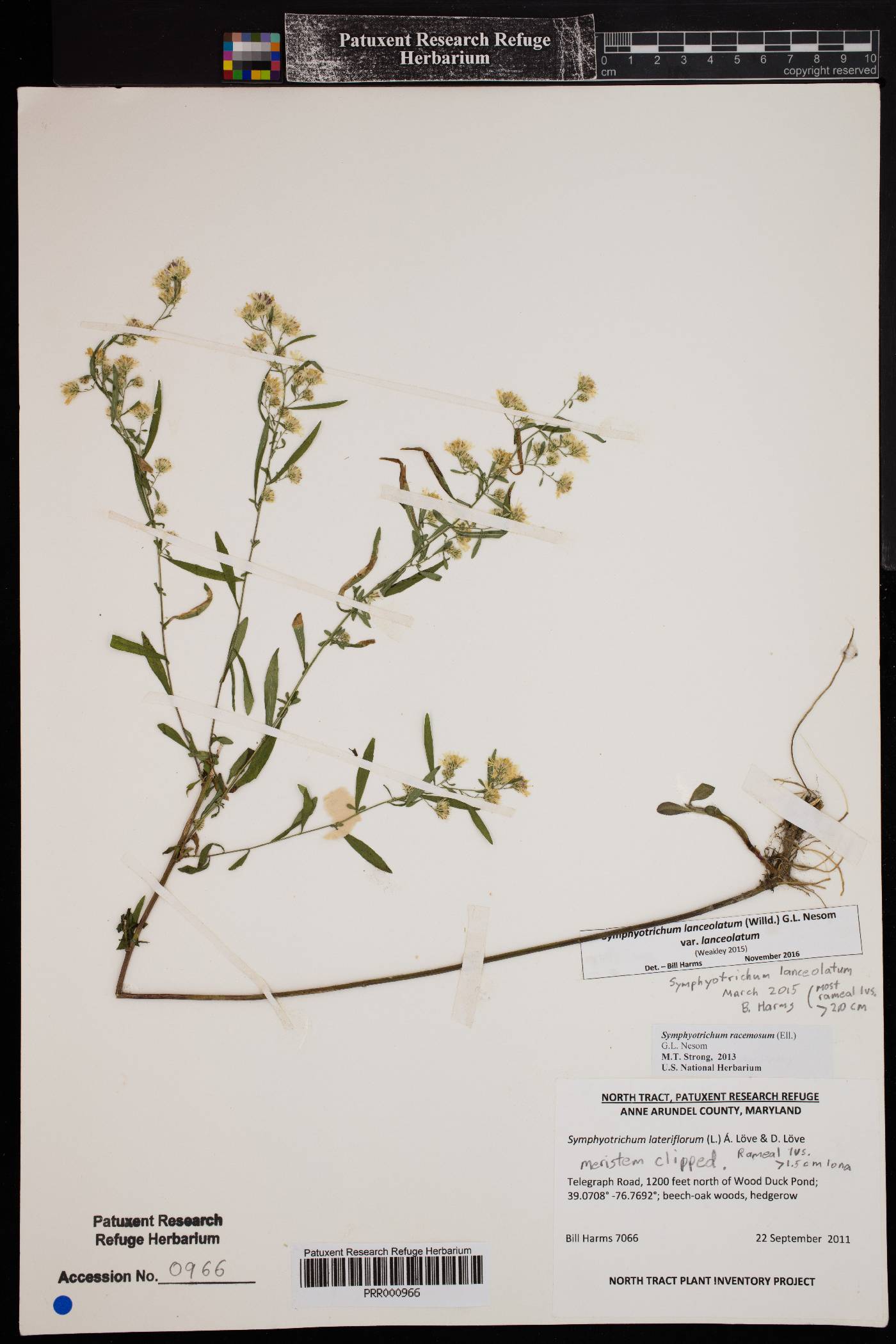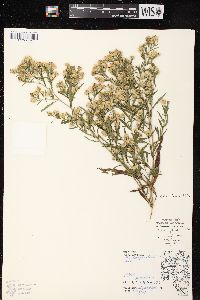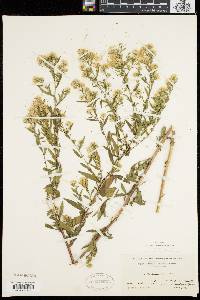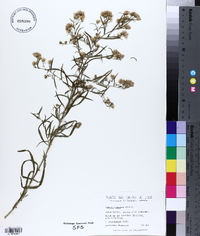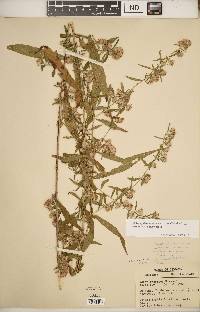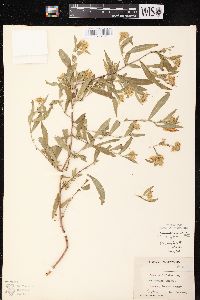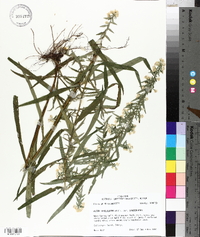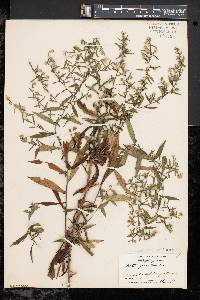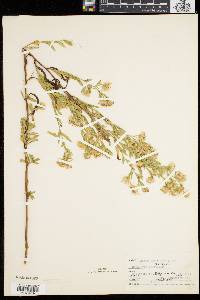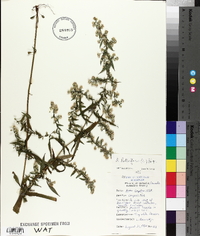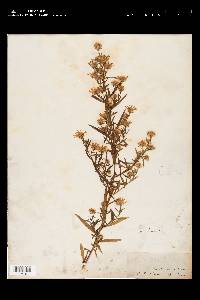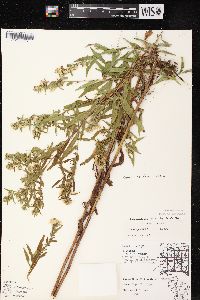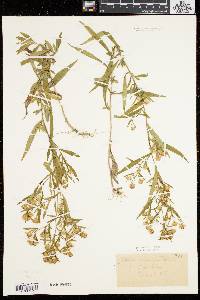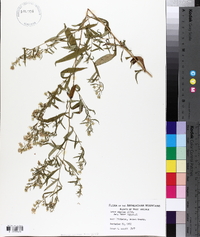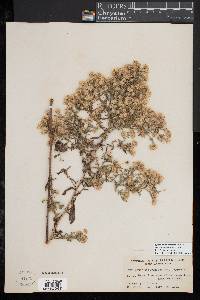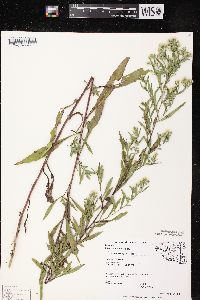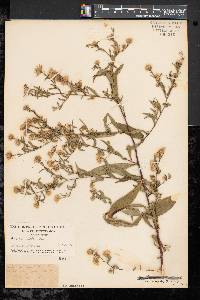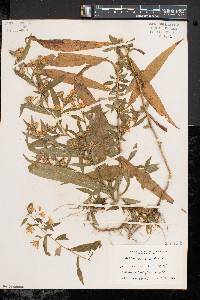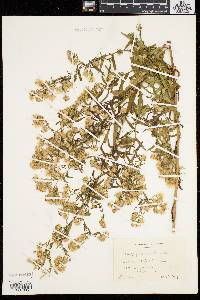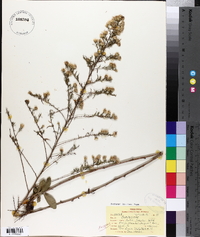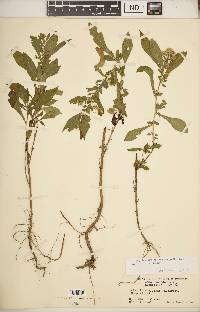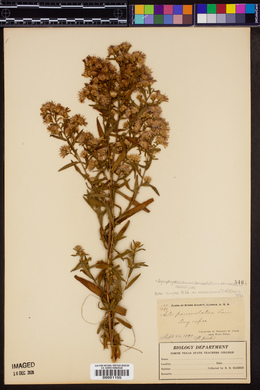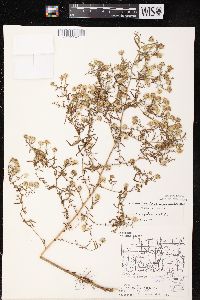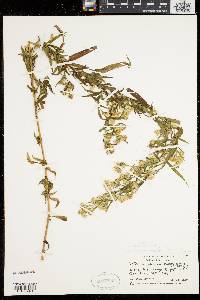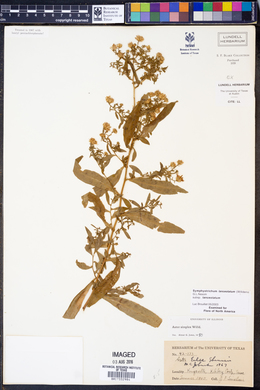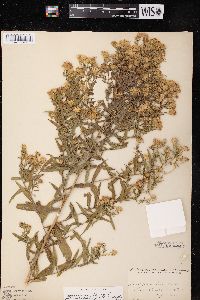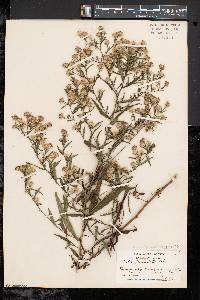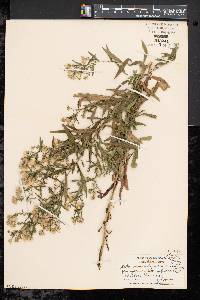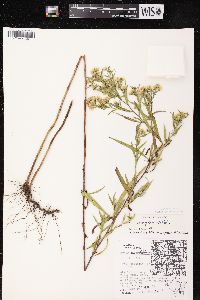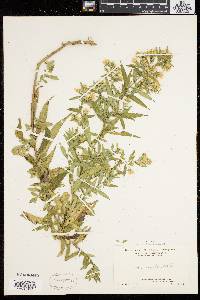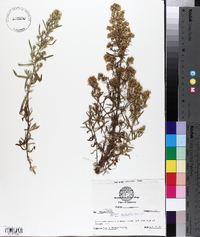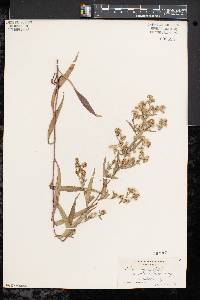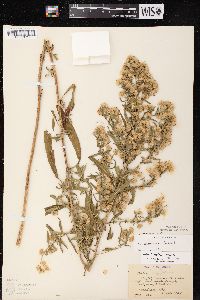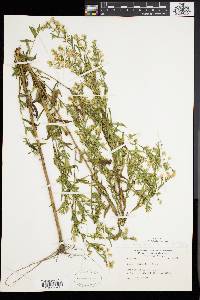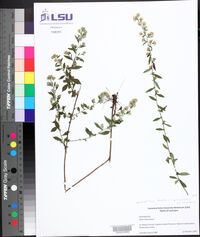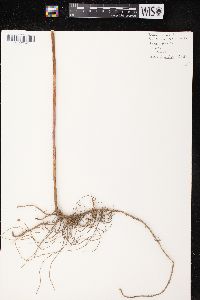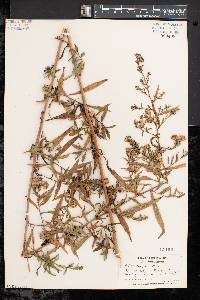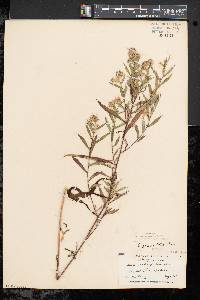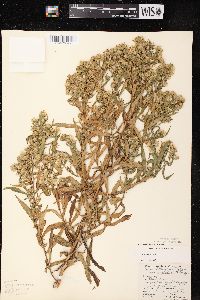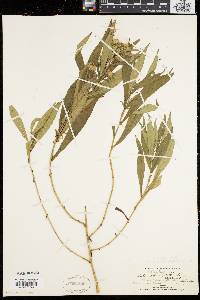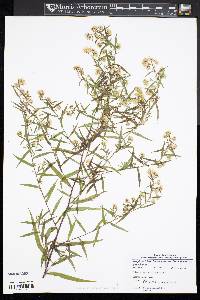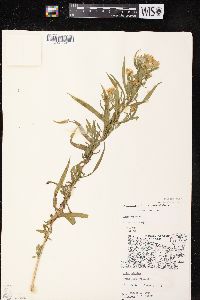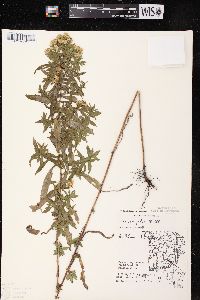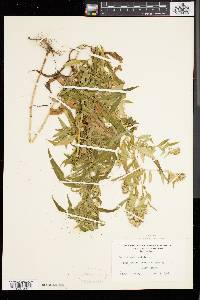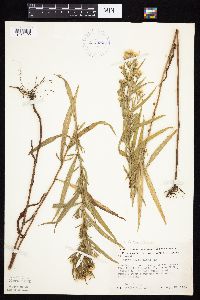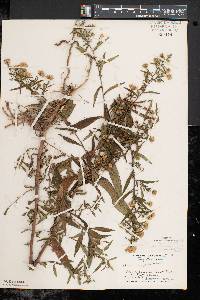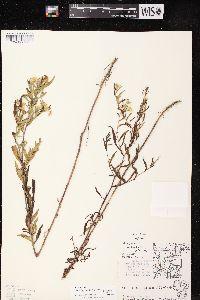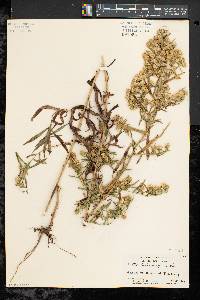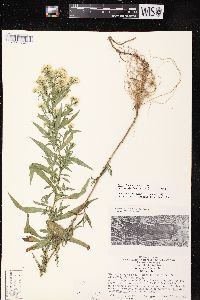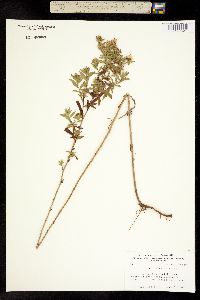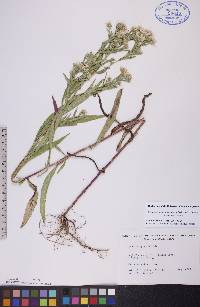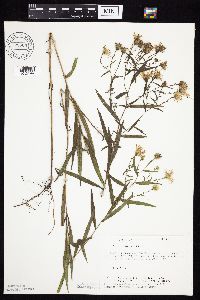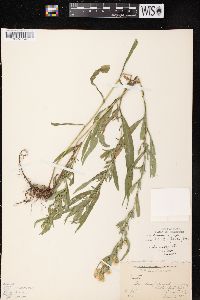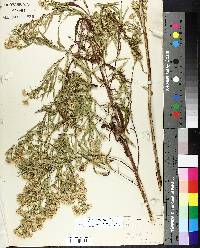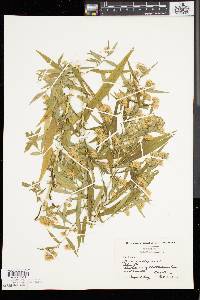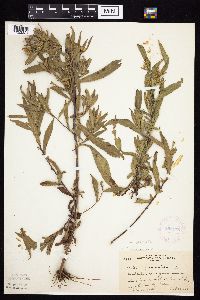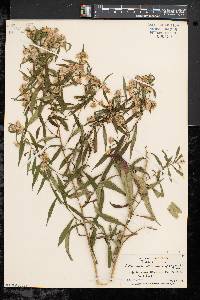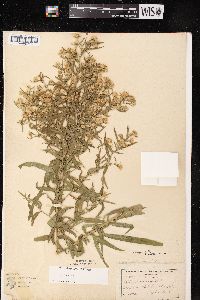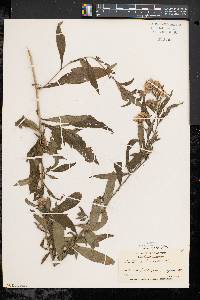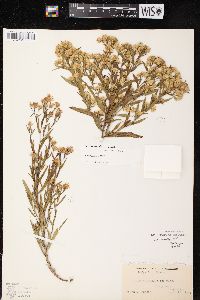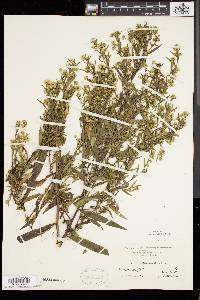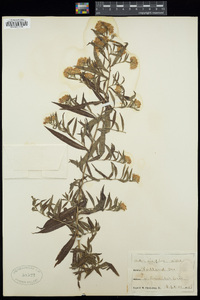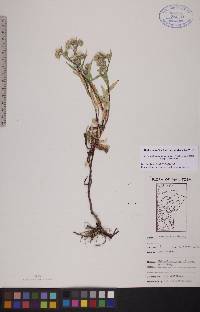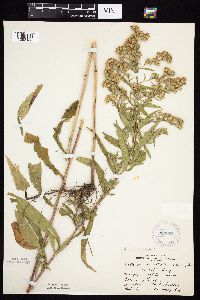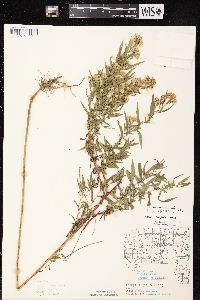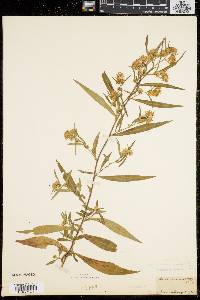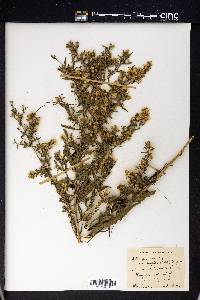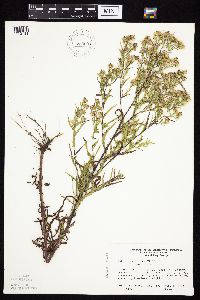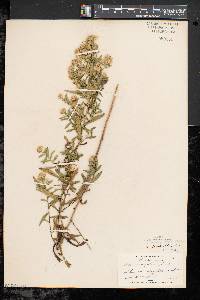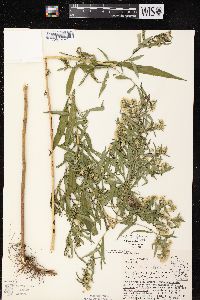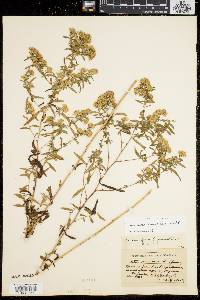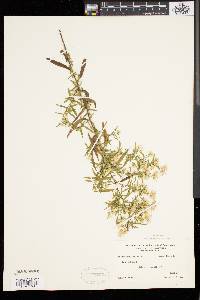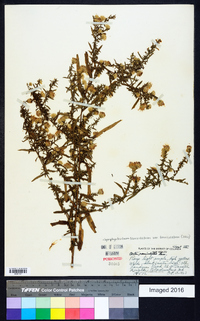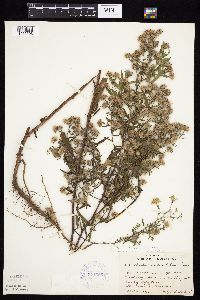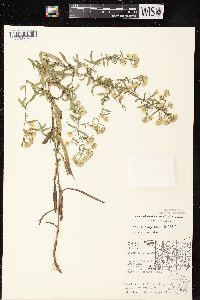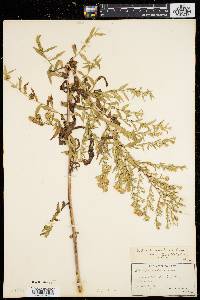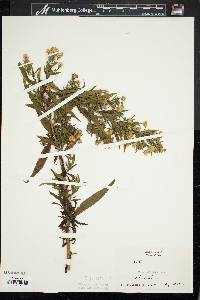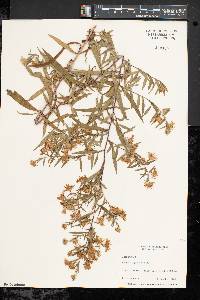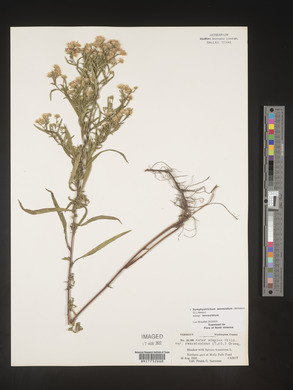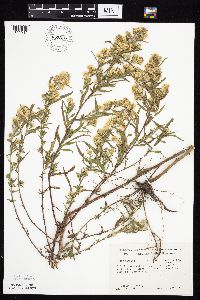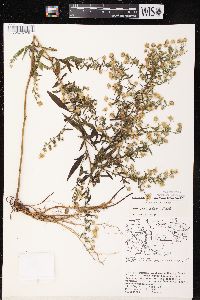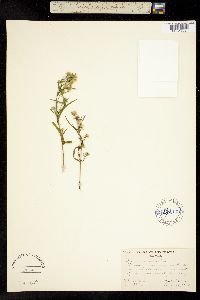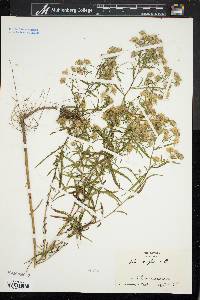
|
|
|
|
Family: Asteraceae
White Panicled American-Aster, more...white panicle aster, white panicle aster
[Aster bellidiflorus Nees, moreAster lamarckianus Nees, Aster lanceolatus subsp. interior (Wiegand) A.G.Jones, Aster lanceolatus subsp. simplex (Willd.) A.G.Jones, Aster lanceolatus var. lanceolatus Willd., Aster lanceolatus var. simplex (Willd.) A.G.Jones, Aster laxifolius var. laetiflorus , Aster laxus Torr. & Gray, Aster paniculatus Lam., Aster paniculatus var. simplex (Willd.) E.S.Burgess, Aster simplex Chang, Aster simplex simplex , Aster simplex var. estuarinus B.Boivin, Aster simplex var. ramosissimus (Torr. & A.Gray) Cronquist, Aster simplex var. simplex , Aster tenuifolius var. ramosissimus Torr. & A.Gray, Symphyotrichum lanceolatum subsp. lanceolatum , Symphyotrichum simplex (Willd.) Á.Löve & D.Löve] |
Stems stout to slender, glabrous or hairy in lines. Leaf blades linear to lanceolate or oblanceolate (reduced in arrays), margins entire. Heads 1-20+ per branch, sometimes congested distally on lateral branches, not subtended by foliaceous bracts. Involucres 3.6-4.8 mm. Phyllaries: outer 1.7-4 × 0.3-0.7 mm, inner 3-5.1 × 0.3-0.7 mm, outer 1 / 3 - 2 / 3 length of inner. Ray florets 17-47; corollas white to purplish or bluish, laminae 3.2-8 mm. Disc florets 16-38; corollas 2.9-5.2 mm, limbs 1.6-2.7 mm, lobes 0.6-1.6 mm. Cypselae 0.5-1.6 mm; pappi 2.7-5.2 mm. 2n = 32, 40, 48, 56, 64. Flowering Jul-Oct. Full sun to partial shade, margins of streams, edges of thickets, meadows, fields, ditches; 0-900+ m; Alta., Man., N.B., Nfld. and Labr. (Nfld.), N.S., Ont., P.E.I., Que., Sask.; Ark., Conn., D.C., Ill., Ind., Iowa, Kans., Ky., La., Maine, Md., Mass., Mich., Minn., Mo., Nebr., N.H., N.J., N.Dak., Ohio, Okla., Pa., R.I., S.Dak., Tex., Vt., Va., W.Va., Wis.; introduced in Europe. Variety lanceolatum is the northernmost variety, reaching the southern boreal region from Alberta to central Quebec and the island of Newfoundland. It is most variable morphologically and cytologically. The variety (and probably the others as well) is reported to hybridize with Symphyotrichum boreale, S. laeve, S. lateriflore, S. racemosum (documented by J. C. Semple and R. A. Brammall 1982), and S. puniceum (A. G. Jones 1989). Some of those hybrids need confirmation. Symphyotrichum ×salignum (Willdenow) G. L. Nesom is of garden origin and is widely naturalized in central and northern Europe. It is the hybrid between S. lanceolatum var. lanceolatum and S. novibelgii var. novibelgii, and it may occur along the Atlantic seashore where the ranges of those two taxa overlap.
From Flora of Indiana (1940) by Charles C. Deam This aster has been reported from all parts of the state but my specimens are mostly from the northern half of the state. All of my specimens have white flowers, with the exception of one from Henry County. This species prefers a moist habitat and is found in a wide range of situations, but rarely, if ever, in woodland unless it is open. Most of my specimens are from roadside ditches and marshes. [Variety simplex] is a more southern and western form of the species. All of my specimens are from moist places in woodland. …… Indiana Coefficient of Conservatism: C = 3 Wetland Indicator Status: FAC |
This project was made possible in part by the Institute of Museum and Library Services [MG-70-19-0057-19].
Powered by Symbiota

